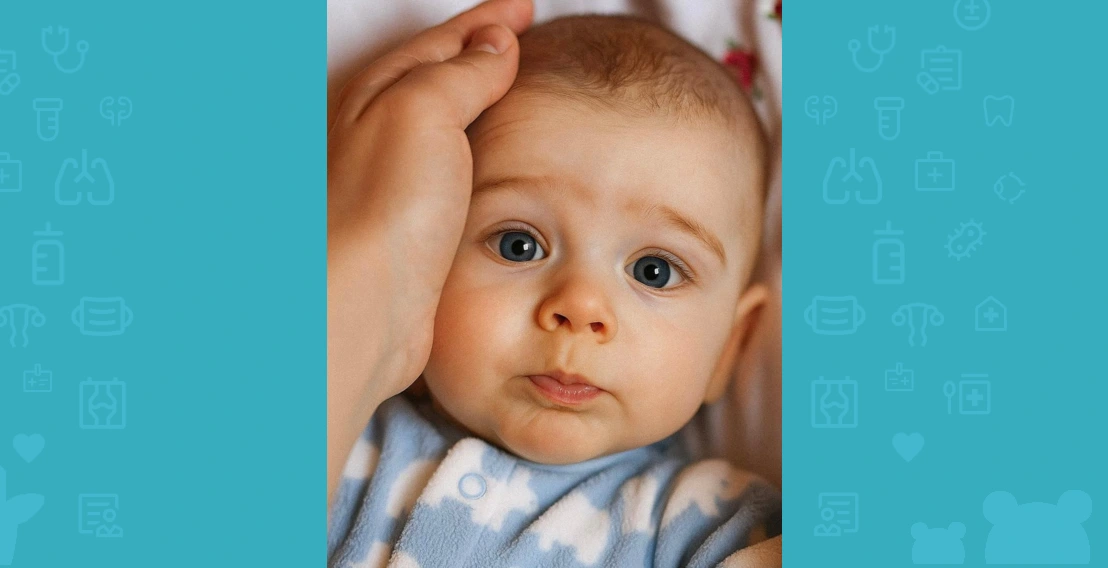Stomatitis is one of those childhood "little things" that for some reason always happen at the wrong time.
Everything seems to be fine: the child is in a good mood and has a great appetite... And suddenly - the baby is cranky, does not want to eat, complains that something hurts in the mouth. You look - and everything is red, the tongue seems to be cut, on the inside of the cheeks - white spots or ulcers. And the child is even afraid to drink, because it hurts and burns sharply.
Stomatitis is an inflammation of the oral mucosa. It most often occurs in babies, because the mucosa is still very tender, and the immune system is only learning to recognize pathogens.
Why does stomatitis occur?
There may be several reasons:
- viruses (often herpes, the same "cold");
- fungi (candidiasis, or "thrush");
- bacteria;
- microtraumas (gnawing on toys, bitten tongue);
- weakened immunity.
What to do? How to help the child?
First , don't panic. Stomatitis treatment involves proper oral care, pain relief, and sometimes local antiseptics.
Many people remember from childhood "Lugol's in glycerin" or "blue", which were used to treat ulcers. But modern medicine has come a long way. And what is important - now we know: not all stomatitis is the same, and smearing everything with iodine or brilliant green is not always the right decision.
What should you not do?
- forcing a child to eat "by force";
- feed hot, spicy or sour food;
- engage in self-medication - fungal, viral, and bacterial stomatitis require different medications.
When to see a doctor?
Pediatricians can quickly determine the type of stomatitis, select treatment, and give clear recommendations for care. After all, stomatitis is not just a sore in the mouth. It is severe pain, suffering, and tears for the child.
At such moments, the baby does not need experiments, but care, support, and proper help.
